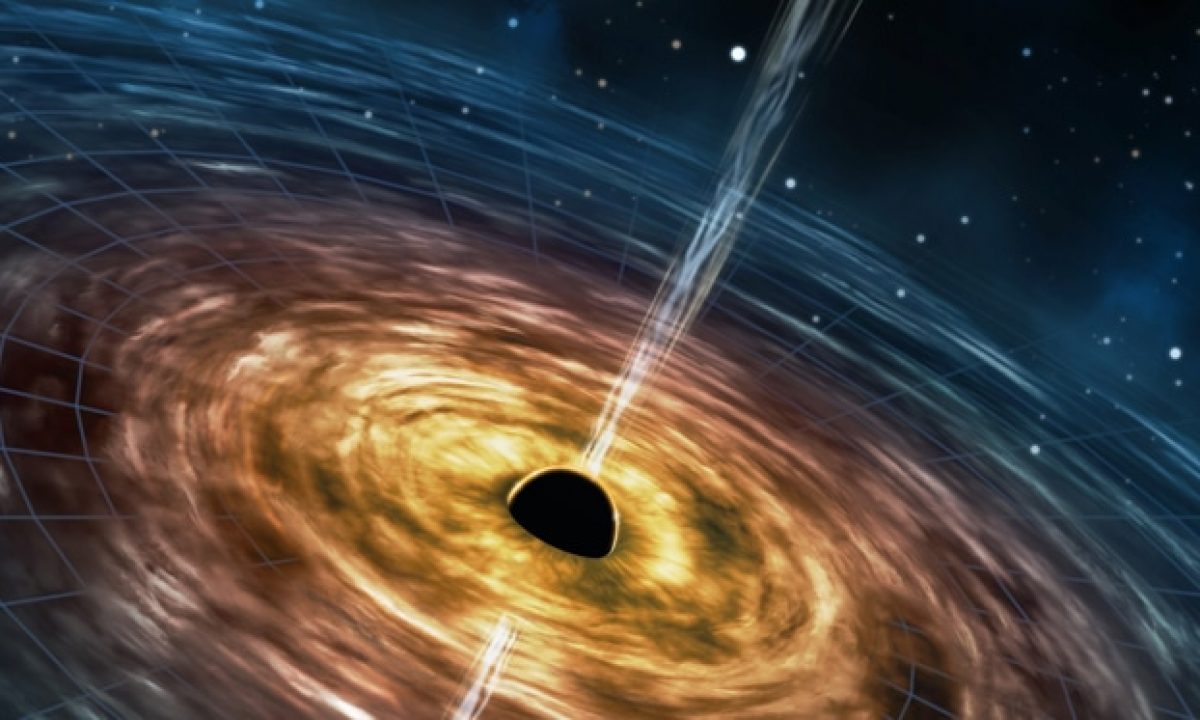Imagine the universe as a grand stage where two scripts govern reality: General Relativity (GR), Albert Einstein’s masterpiece, describes gravity as the bending of spacetime by mass and energy, predicting the orbits of planets and the dance of galaxies. Meanwhile, Quantum Mechanics (QM) rules the subatomic world, where particles like electrons behave as both waves and particles, governed by probability. These theories are the cornerstones of modern physics, yet they don’t play well together, creating a puzzle that scientists have been trying to solve for decades.
Why They Clash
The trouble arises when GR and QM are applied to extreme scenarios, like the heart of a black hole or the Big Bang’s origin. GR sees spacetime as a smooth, continuous fabric, while QM suggests it might be grainy and made of discrete units. When combined, their mathematics break down in that time vanishes despite being a critical element of each framework; this clash, often called the “problem of time,” highlights their incompatible views of reality.
Efforts to Bridge the Gap
Scientists are exploring various paths to reconcile GR and QM. String theory proposes that everything is made of tiny vibrating strings, potentially unifying gravity with other forces, but it requires extra dimensions and lacks experimental proof. Loop Quantum Gravity (LQG) suggests spacetime is quantized into tiny loops, offering insights into black holes but struggling with other forces. Other ideas, like the Alena Tensor introduced in 2025, aim to merge the theories mathematically, though these remain speculative and untested.
Among the more unconventional attempts to bridge this divide is the Temporal Energy Theory (TET), proposed by Lamont Williams in his book The Greatest Source of Energy: A New Theory of Time (2010). TET redefines time as a physical entity composed of “temporal particles” with positive, neutral, and negative temporal charges.
These particles interact with space and matter through a process called “temporal respiration,” where space emits positive particles (future), matter converts them to neutral (present) and negative (past), and they are absorbed back into space. TET suggests that GR focuses on forward time processes (positive to negative temporal states, gravity), while QM focuses on backward time processes (negative to positive temporal states, other forces). The combination of the two theoretical works through this view of time could resolve their apparent incompatibility. However, while TET offers an intriguing perspective, it lacks peer-reviewed experimental evidence like the other major ideas in the area of quantum gravity and force unification.
Why Unification Matters
Unifying GR and QM could unlock mysteries like what happens inside black holes or how the universe began. It might even reshape our understanding of time and space, potentially impacting technology. While recent advances offer hope, the quest for a “Theory of Everything” continues to challenge our brightest minds.
The philosophical implications are profound, potentially reshaping our views on time, causality, and reality itself. Lamont William’s TET-view of time as an energetic physical entity could also connect physical phenomena to mental processes, like the perception of time–from the subatomic particle level to the mental state. Read more about it in his book, The Greatest Source of Energy: A New Theory of Time, now on Amazon.




